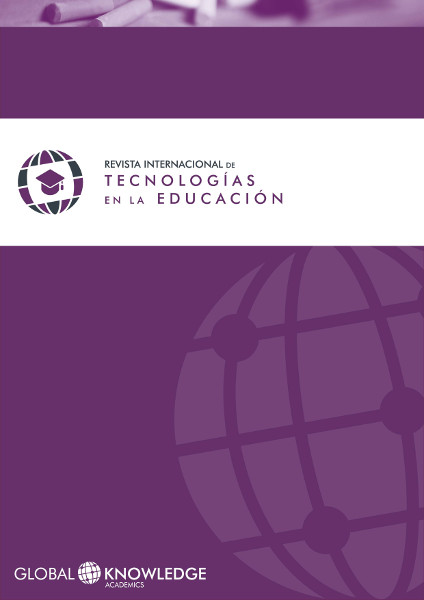Cloud Computing as Didactic Tool in e-Learning
DOI:
https://doi.org/10.37467/gka-revedutech.v2.964Keywords:
Cloud Computing Tools, Education, e -Learning, Innovation, Technology, Knowledge, Information TechnologyAbstract
The use of e-Learning systems in schools and universities in Mexico is increasing every day, because the demand by people of low income, few available time or disperse and distance geographic locations is growing; Other important factor in education is the effort for content standardization of programs that specialize entities within universities are making to create course material for basic, intermediate and higher education. All these courses must be handled with strategic vision, so that sessions, exams and student follow-up are supervised by an automated and systematic centralized management. Allowing evaluations and feedback to be carried out in an agile and precise way, so that the students can correct their knowledge and advances with the help of a local couch. Information technology, hardware, software and knowledge management are required, as well as the optimization of communication design to provide a permanent link independently of physical location. This work presents a strategy to use these technologies in conjunction with cloud computing techniques and tools that in an easy, fast and above all intuitive way for tutors and students, creates interest in the students for the material and generates a significant learning experience. This is done with an open e-Learning platform like Moodle, which allows several tools and techniques to create content, multimedia, text and exams, as well as dynamic and eye-caching elements for the user.
Global Statistics ℹ️
|
658
Views
|
470
Downloads
|
|
1128
Total
|
|
References
Alonso Lujambio Irazábal, J. F. (2011). Acuerdo Número 592 Por el que se Establece la Articulación de la Educación Básica. México, DF: Secretaria de Educación Pública (SEP).
Etzkowitz, H. (2002a). Innovation as a triple helix of university-industry-government: Innovation as a triple helix of university-industry-government (Vols. 29-2). Estocolmo, Suecia: Science and Public Policy.
Gómez Hernández, D., Valencia Pérez, L., & Peña Aguilar, J. (2011). Prospectiva e Innovación Tecnológica. Santiago de Querétaro, México: Siglo Veintiuno Editores.
Kato H, B. M. (1999). Marker tracking and hmd calibration for a video-based augmented reality conferencing system. (I. P. 99), Ed.) IEEE and ACM. DOI: https://doi.org/10.1109/IWAR.1999.803809
OCDE. (2011). Perspectivas OCDE: Mexico, Políticas Clave para un Desarrollo Sostenible. México, DF: Steven Allen. DOI: https://doi.org/10.1787/empl_outlook-2011-fr
Sandoval, N. L. (2001). Marginación escoalr en los jóvenes. Aproximación a las causas de abandono. (INEGI, Ed.) Revista de Información y Análisis, (15).
Downloads
Published
How to Cite
Issue
Section
License
Those authors who publish in this journal accept the following terms:
- Authors will keep the moral right of the work and they will transfer the commercial rights.
- After 1 year from publication, the work shall thereafter be open access online on our website, but will retain copyright.
- In the event that the authors wish to assign an Creative Commons (CC) license, they may request it by writing to publishing@eagora.org







